This is an Eval Central archive copy, find the original at freshspectrum.com.
This week I decided to take a dive into the world of cartoonists.
Aside from my childhood love of the funny pages (especially Peanuts, Garfield, and The Far Side) I wouldn’t say I had ever been that much of a cartoon connoisseur. Cartooning in my past was more a diversion than anything else, and that continued, even as I started to become known as the evaluation cartoon guy and cartoons helped shape my professional life.
But lately I’ve been wondering about all those influential cartoonists that I don’t yet know. What lessons have I been missing by keeping my eyes solely on the road ahead?
Today’s batch of cartoons with one exception, is inspired by cartoonists of bygone days. Artists and activists who understood the stuff that’s still so new to me.
First the exception – why data visualization might just be too precise for its own good.
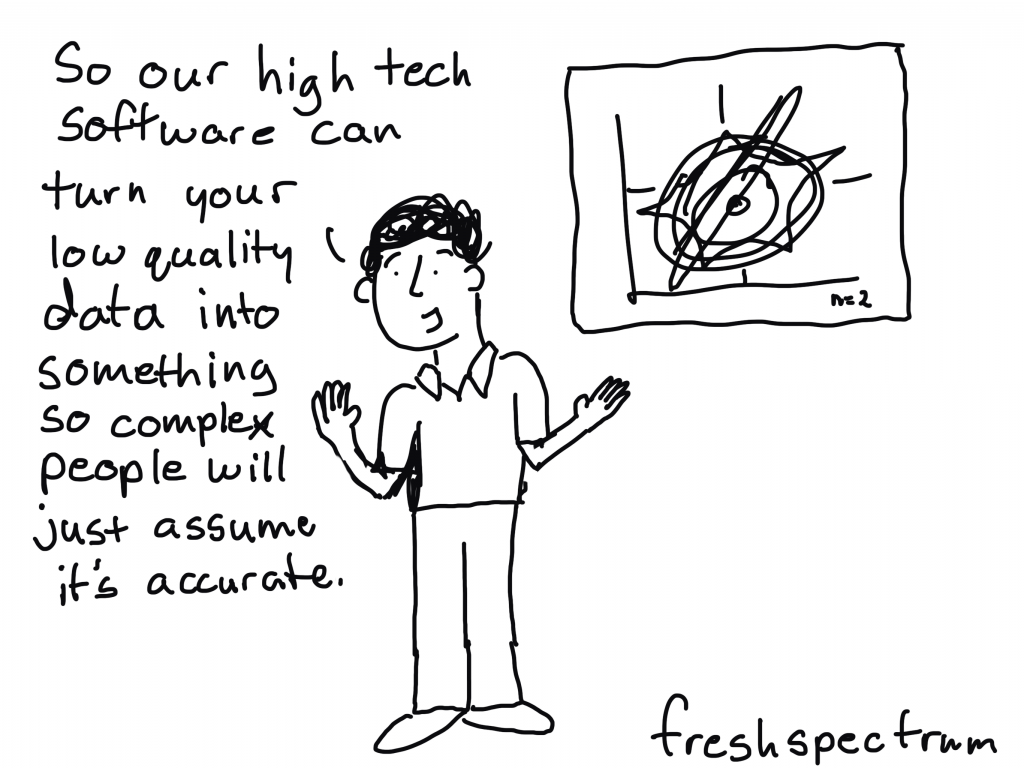
One day I’m going to do a study. I’m going to put a bunch of “best practice” data visualizations against a series of cartoons designed to illustrate a data set.
For a long time I’ve felt like the biggest advantage for data visualization is that it is an academically acceptable form of illustration. I don’t believe that most charts are more memorable or more effective at delivering key messages than any other form of illustration.
I recently stumbled into this article interviewing Mona Chalabi, I’m a super fan of her work and think her philosophy is spot on.
I was inspired by the fact that I was bored out of my tiny mind in a dead end job. My desk was in a little booth so it was easy to doodle discreetly. Slowly though, when people started to respond to my early work, I found it enormously encouraging that there was another way of doing data visualisation — one that would reach more people without compromising on precision. A big part of my philosophy is that computer-generated images overstate certainty, my hand-drawn graphics show the real margin of error in the numbers while reminding people that a human was responsible for the data gathering and analysis.
“If it’s about farts, draw a butt for god’s sakes”: Mona Chalabi tells us how to illustrate data
Cartooning and Women’s Suffrage
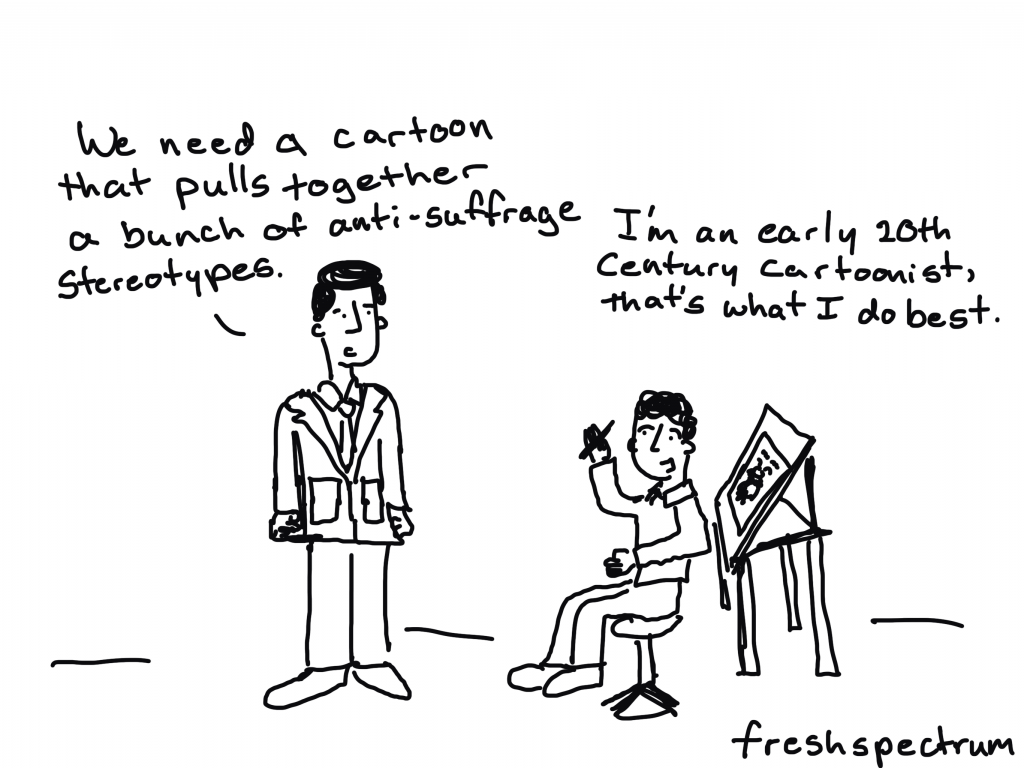
Regardless of nationality and which group the artists belonged to, they all recognized the importance of using visual imagery to reach larger audiences. So did the anti-suffrage campaigners who very quickly created their own visual propaganda and stereotypes. Stereotypes are implicitly negative (although positive stereotypes can also exist, they are usually used for negative reasons): they take an idea or object or person which in real life exists in various forms and they impose a single form which essentially denies those variations. The challenge for the suffragists was the challenge of subverting anti-suffrage stereotypes which already existed and creating equally compelling new stereotypes which would be recognizable but communicate an opposing message.
Exploring the Hilarious Chaos
Oliver Wendell Harrington’s work could be put into the papers today and be just as relevant. The more things change…
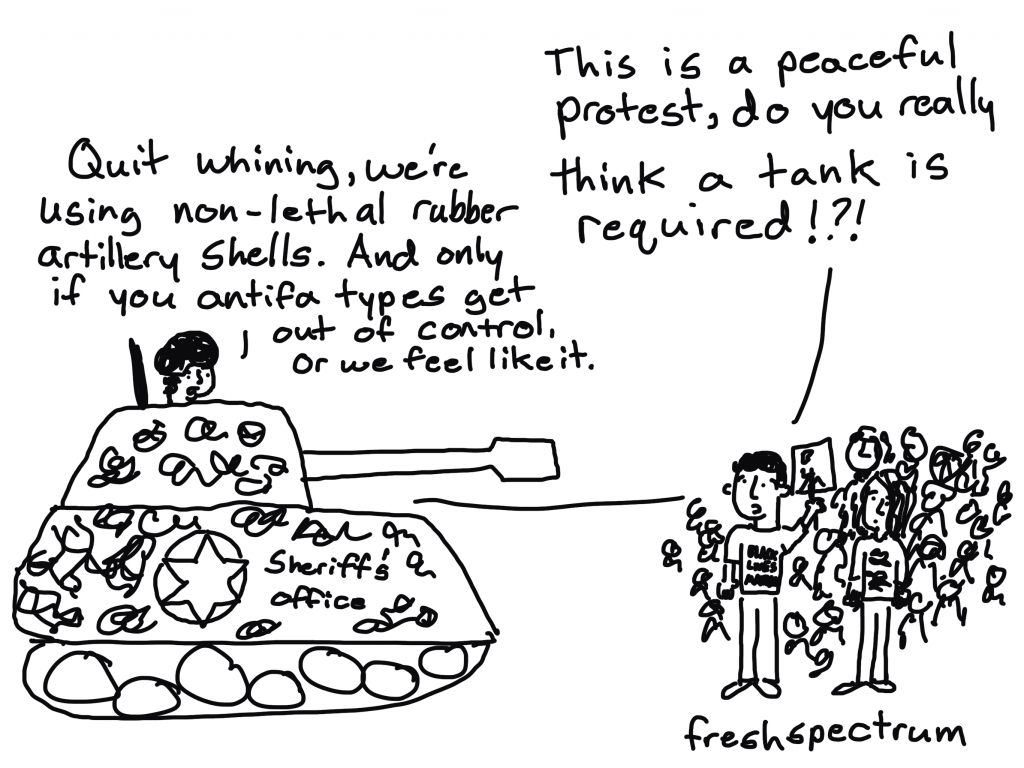
It was the first black comic strip to receive national recognition. Harrington later wrote about the birth of Bootsie: “I simply recorded the almost unbelievable but hilarious chaos around me and came up with a character. I was more surprised than anyone when Brother Bootsie became a Harlem celebrity.” Harrington became the first African American to establish an international reputation in cartooning.
Oliver Wendell Harrington: “America’s Greatest Black Cartoonist”
Hidden in the Funny Pages
If you draw cartoons, you have a lot of latitude to just draw ridiculous things.
And lots of racist cartoonists would take that opportunity to just create one-dimensional ridiculous stereotype-laden characters of color.
Jackie Ormes did the opposite, drawing characters with elegance and nuance and infusing her comics with so much wit and truth.
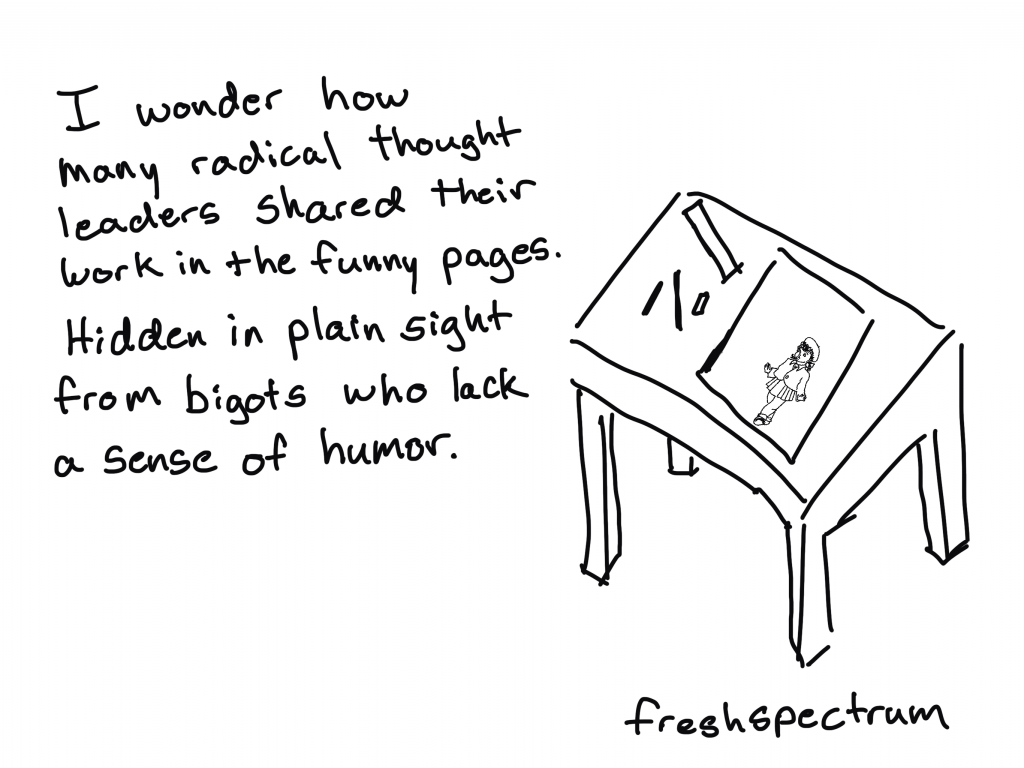
While editors and writers would often be threatened and intimidated into reining in their content, cartoonists were largely left alone. And with lack of oversight they could criticize unjust policies without consequence.
An Unstoppable Force: The Story of Cartoonist Jackie Ormes [Illustrated Video]
Twitter Book Selfies and Coloring the Cartoons
I was super humbled after sharing my newly published book last week.
And this week I had some new surprises. I didn’t actually expect that my amazing readers would sharing pictures and videos of themselves with my book in hand on Twitter.
Then after exchanges with @AyeshaBoyce and @erbradfield, came another surprise. Because my cartoons are mostly black ink with lots of white space, I inadvertently created a coloring book.
Just in case you don’t know me well enough, both of these things (Book Selfies and Coloring) are totally encouraged!
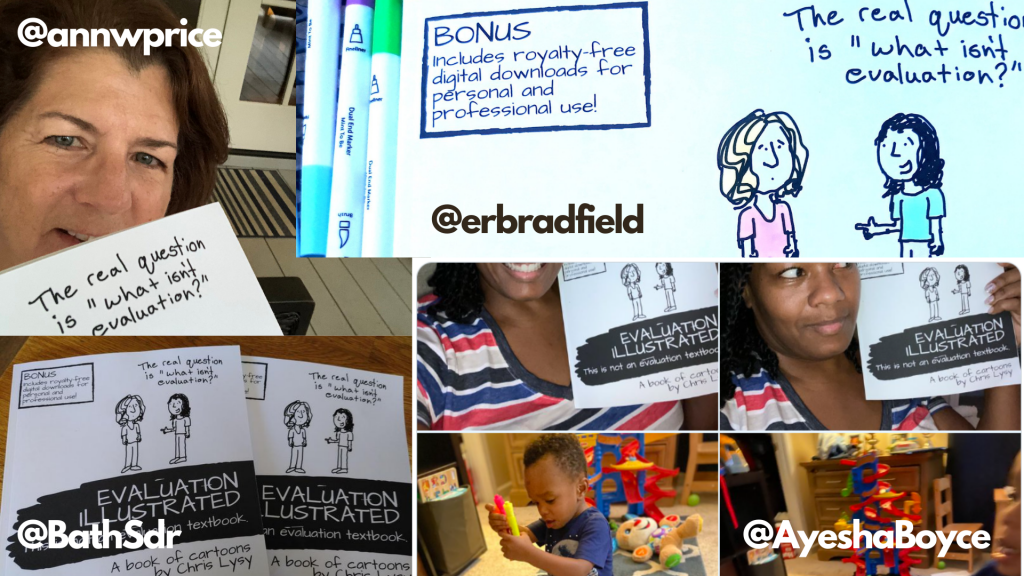
Oh, and in case you missed last week’s email. I published a book. Here is where you can buy it.
On Amazon – Softcover
- United States – US
- Canada – CA
- United Kingdom – UK
- Germany – DE
- France – FR
- Spain – ES
- Italy – IT
- Japan – JP
On Amazon – eBook
- United States – US
- Canada – CA
- United Kingdom – UK
- Germany – DE
- France – FR
- Spain – ES
- Italy – IT
- Netherlands – NL
- Japan – JP
- Brazil – BR
- Mexico – MX
- Australia – AU
- India – IN
Other Retailers
- Barnes and Noble
- More to come…